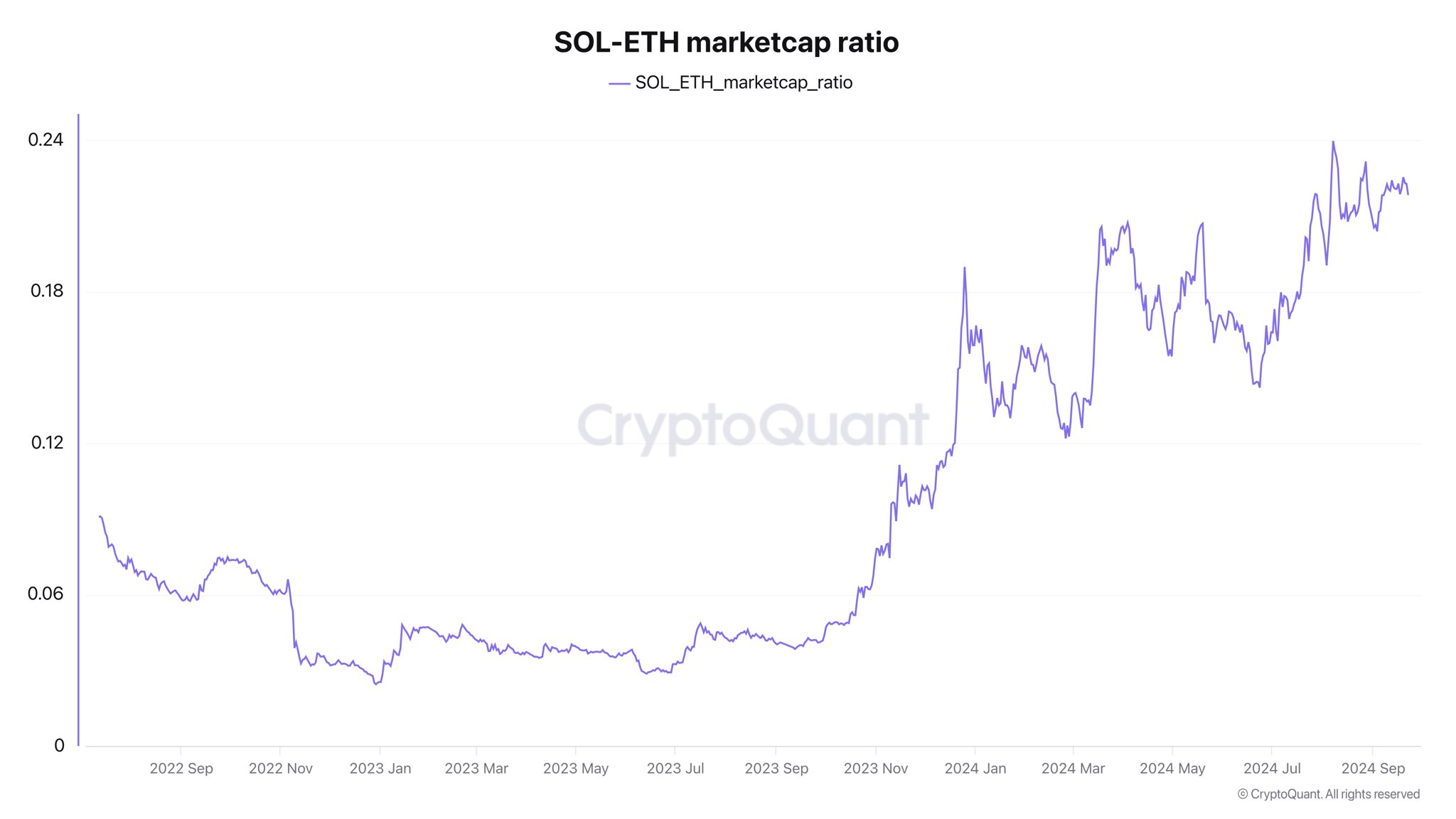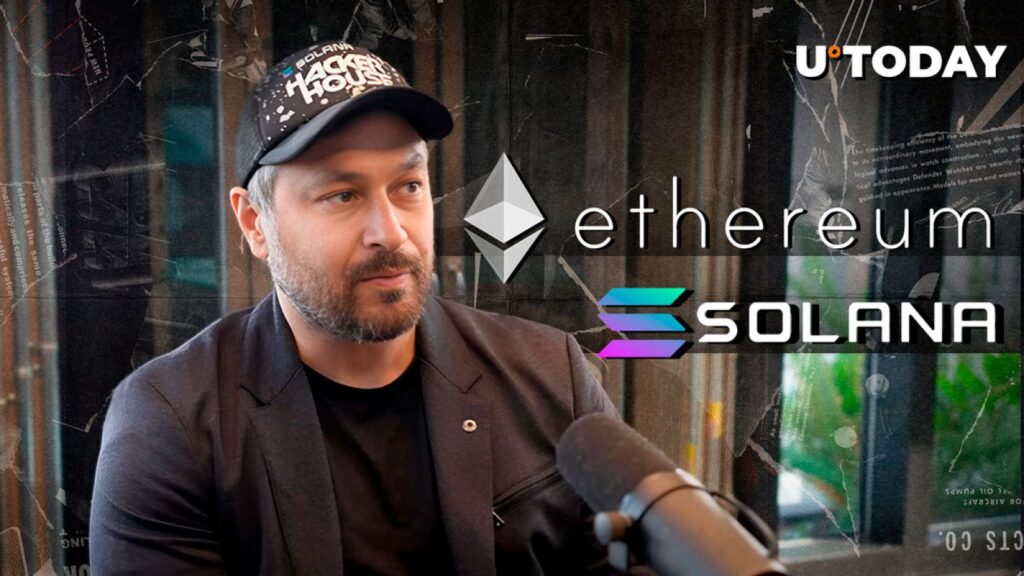Anatoly Yakovenko, the founder of Solana, commonly known as “Toly”, shared his views on the main challenges related to the interaction between blockchain hardware and software.
In his recent article on From Solana’s perspective, when global resources become saturated, relying on price discovery (i.e. increasing transaction fees) is not an effective solution.
Instead of relying on increased fees to manage congestion, Yakovenko stressed the need to scale hardware to meet growing demand.
If the software doesn’t allow validators to upgrade their hardware capacity to handle additional network traffic, Yakovenko believes that indicates a flaw in the software design.
He further explained that only local discord, or competition for resources that cannot be increased, should lead to increased user fees. This should be the sole reason for fare adjustments, rather than global congestion.
Yakovenko also discussed the limitations of hardware scaling, suggesting that the maximum amount of bandwidth that can be added is around 1,000 times the cost of the hardware, with a scaling constant of “K » not exceeding 10.
This highlights Solana’s focus on leveraging hardware enhancements to manage network growth.
SOL/ETH rivalry
Ethereum’s recent price surge, driven by market factors and growing interest, has led to a decline in the SOL/ETH pair, showing relative underperformance of Solana compared to Ethereum.
However, according to CryptoQuant CEO Ki Young Ju, Ethereum is gradually losing market capitalization to Solana.

Although Solana has seen strong growth over the past year, Ethereum’s growing dominance has overshadowed competing layer 1 chains like Solana.
As ETH attracts more capital, the USD price of Solana may remain stable. That being said, its value against Ethereum has fallen, highlighting the challenge of maintaining momentum against the leading blockchain.
A report by VanEck published on September 25 predicts that Solana could reach $330, potentially reaching 50% of Ethereum’s current market cap.
The report highlights Solana’s superior speed and efficiency as key drivers of this growth. For example, Solana’s transaction processing speed, measured in transactions per second (TPS), is 3,000% faster than Ethereum.
Additionally, Solana boasts 1,300% higher daily active users and nearly 5 million percent cheaper transaction fees than Ethereum, highlighting its competitive advantages.
SOL Bullish Indicators
Currently, SOL is trading at $153.84, struggling to break above the $155 resistance level.
According to data from CoinGlass, Solana’s trading volume jumped 24.88% on Friday, reaching an impressive $4.76 billion. This increased activity signals growing confidence and interest in SOL, which could have a positive impact on its price.
Solana’s bullish sentiment is further reinforced by the current Long/Short ratio of 0.9685 on a four-hour time frame, indicating that traders are largely optimistic about its near-term performance.
However, at press time, the Open Interest (OI) for SOL shows a slight decline of 1%, currently standing at $2.42 billion, still confirming investor confidence.
Despite recent bearish conditions, Solana’s strong ecosystem and adoption prospects, especially with Jump Crypto’s planned launch of Firedancer mainnet in early 2025, highlight its long-term potential.


